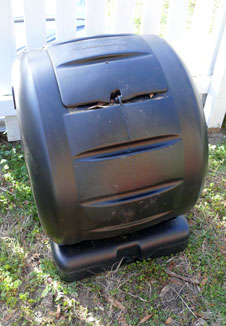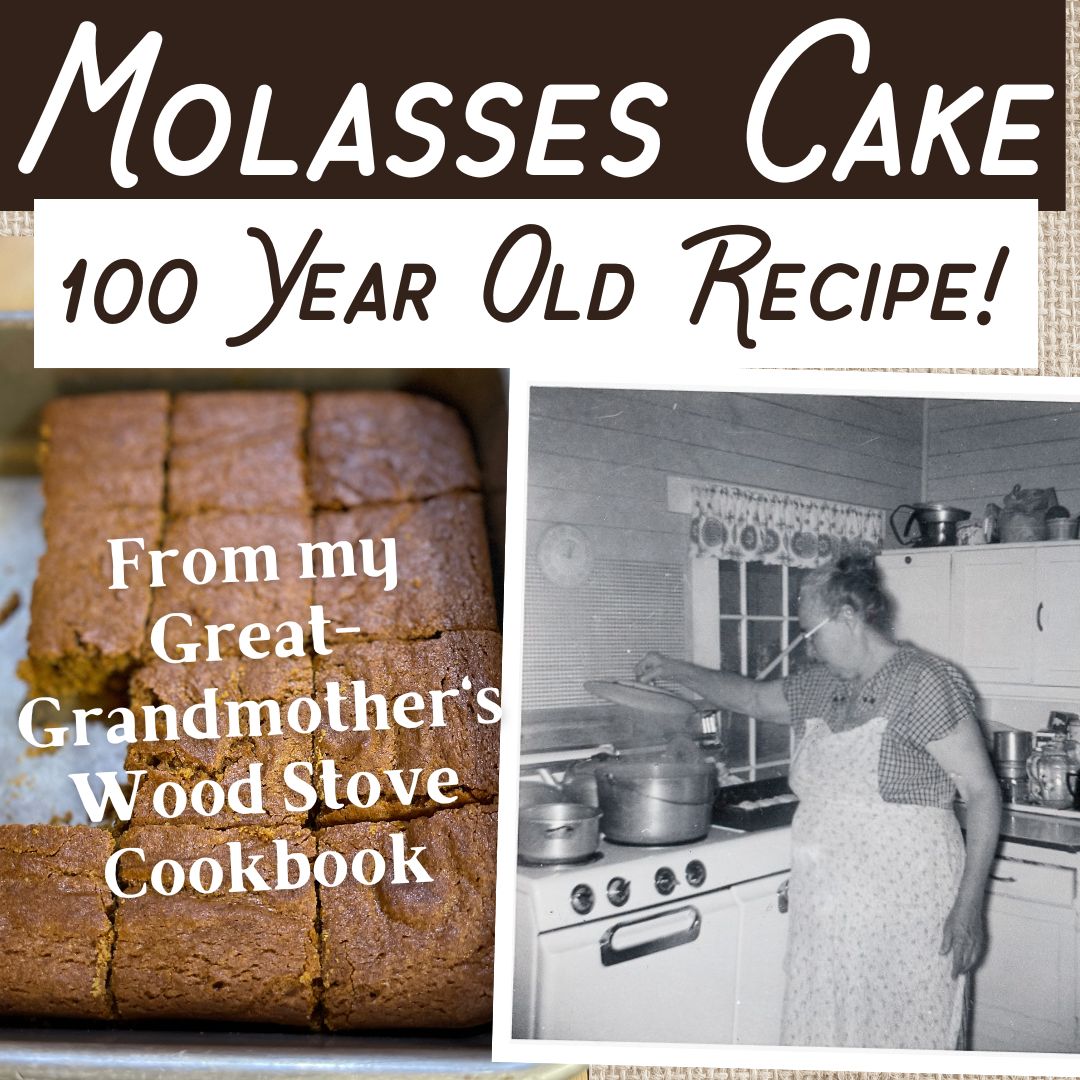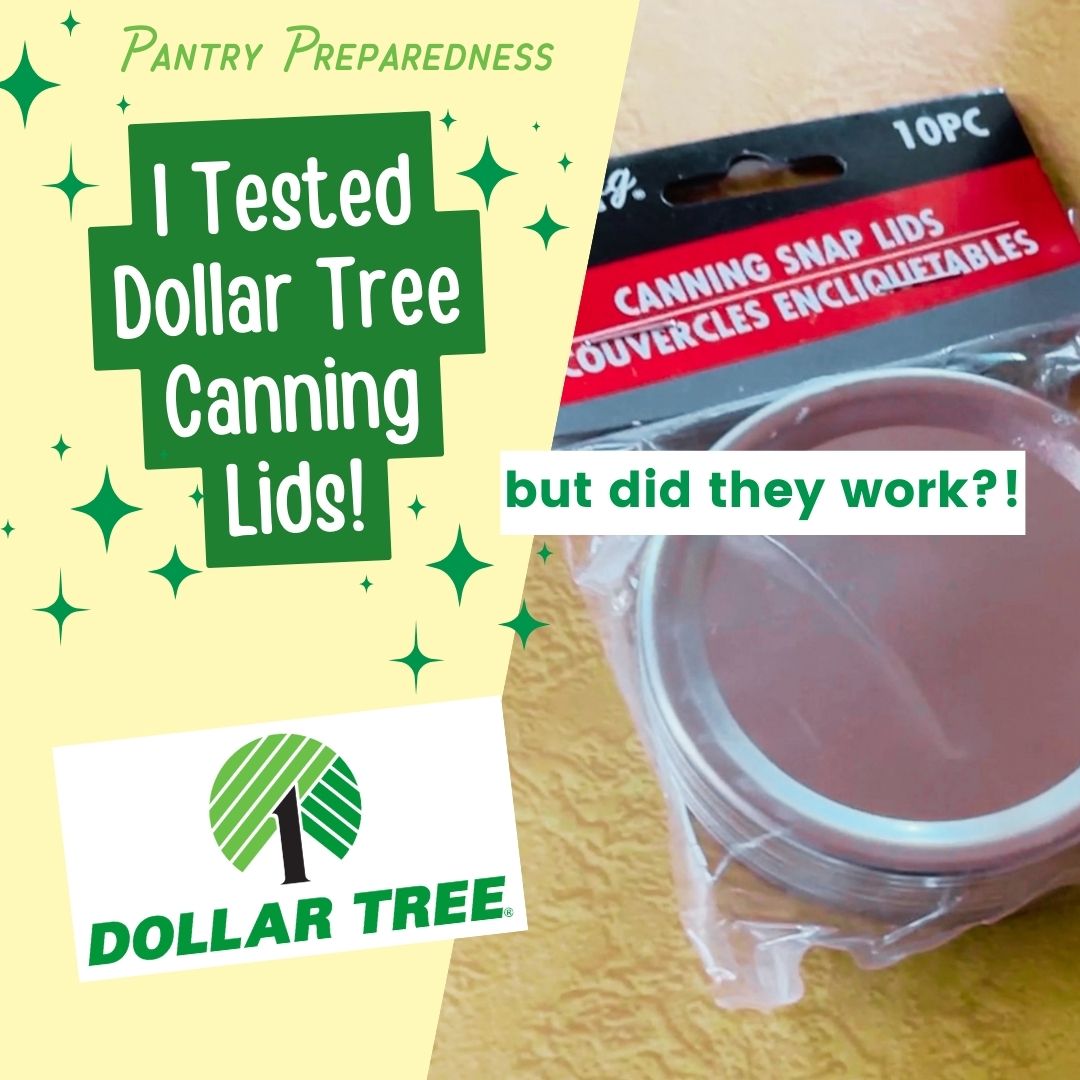Are you composting to make black gold? If not, you should be! It’s free and easy, and a great way to take your ordinary scraps and turn them into nutrient-rich organic fertilizer for your garden.
Whether you’re growing fruits and vegetables, or you just enjoy growing a few flowers and shrubs, all plants benefit from all-natural compost.
Get started with the right composting bin
When I first started composting several years ago, we began by using a compact composting bin called the EnviroCycle (affiliate link). It was a great way to get started composting, as it is a small size, is enclosed and collects the leachate (the liquid runoff) from the compost in the bottom of the bin, which can be later diluted and used as a compost tea* liquid fertilizer. (See important note about this at the end of this article.)
In cold weather, or in places where space is limited, something like the EnviroCycle can be an ideal solution for composting small amounts of material, although because of the small size, you’ll not likely achieve a ‘hot’ pile. The enclosed design, however, will keep out pests and rain.
We soon found that it’s easier than we realized to fill up a compost bin (see the lists below on what you should and shouldn’t compost), so when I saw a suggestion in my favorite gardening book, The Vegetable Gardener’s Bible (affiliate link), about building a composting bin out of discarded wood pallets, I thought that would be a better solution for us.
If you’d like to build a wood pallet composting bin, you can probably get the pallets at your local Ace Hardware or big box hardware store.

How to build a wood pallet composting bin
There’s really nothing to assembling it. You can do it with just four pallets, but we had five. In the book, Mr. Smith explains that it’s best if you can put one pallet on the bottom of a compost bin like this to allow for air to circulate under the pile.
The sides are then all easily held together with strong wire and the front pallet can be attached with wire just on one side to allow for opening and closing the bin so you can turn the pile every so often.
If working with wood pallets seems like too much heavy lifting, another alternative is to get some chicken wire and make a round bin out of it, connecting it with wire, and then you can fill that up with leaves and grass clippings and your composting scraps. You can always use a hoe, or manure fork, or even get one of those fancy composting aerators to turn the pile.
We don’t have our wood pallet compost bin anymore since I stopped gardening for a few years, so I think I’ll try the chickenwire route this time, although right now I’ve put my EnviroCycle back to work.
What to compost
Ok, one thing I LOVE about composting is knowing that when I do something as simple as frying an egg in the morning, or making a pot of coffee, I get great stuff for making interest-earning deposits in my gardening piggy bank.
Coffee filter full of used coffee grounds? Add ’em to the pile. Coffee grounds have a carbon to nitrogen ratio of about 20:1, which is roughly the equivalent of grass clippings.
Egg shells from breakfast, or from baking that cake? Wonderful source of calcium.
A pile of leaves you raked up? Great source of carbon with a carbon to nitrogen ratio of about 60:1.
Do Compost…
Browns for Carbon
- Autumn leaves
- Straw
- Hay
- Wood shavings
- Sawdust
- Cornstalks
- Dried vines
- Pine needles
- Dried plant materials
Greens for Nitrogen
- Fruit scraps (raw)
- Vegetable scraps (raw)
- Grass clippings (in thin layers)
- Coffee grounds (filter and all)
- Tea leaves
- Pulp from juicing
- Any ground, chipped, shredded or mulched green lawn scraps
- Manure from herbivores such as cows, horses, chickens, rabbits, etc..
Do NOT Compost…
- Meats
- Dairy
- Oils
- Cooked fruits and vegetables
- Weeds that have gone to seed (might be ok if you have a hot compost, but in a slow, cold compost, you’ll just end up with the viable weed seeds in your compost)
- Diseased plants
- Ashes
- Manure from carnivores or omnivores — in other words, keep manure from your dogs and cats OUT of your composting pile. It may contain diseases or parasites.
Put a scrap bin in the kitchen
I keep one of those big Cool Whip containers by my kitchen sink and I put my composting scraps in there until it’s ready to be emptied into the composting bin. It’s super convenient to throw in my old coffee filter full of coffee grounds from the morning, or the raw vegetable scraps from the evening stir fry. Also, if I have any fruits or vegetables that spoil before I can use them, they usually go right into the composter.
And to make the job even easier, I line the wastebasket with a bag that I can just take out when I’m ready to empty my scraps into the bin.
What are you waiting for?
This is a free project that you can start today! When you prepare your coffee maker tonight for tomorrow morning’s coffee, go ahead and get those used coffee grounds and put them in a bowl, a bag or a little wastebasket and set them aside. Tomorrow morning, toss in the banana peel from your breakfast. In the evening, throw in those potato peels and carrot tops.
Before long, you’ll have some good kitchen scraps to start your own pile. Rake up any leaves, mow the grass, and you’ll be well on your way to building your own interest-earning garden savings account by making your own black gold — compost.
* A NOTE ABOUT LEACHATE AND COMPOST TEA: The liquid that drains off of the compost needs to receive oxygen, or anaerobic bacteria will build up and it will not be healthy for the plants. It should not be used as is right out of the base of the EnviroCycle. It was suggested me on an organic gardening forum to pour the liquid back into my composting tumbler to aerate it and then dilute it with water before using it on my plants.)










